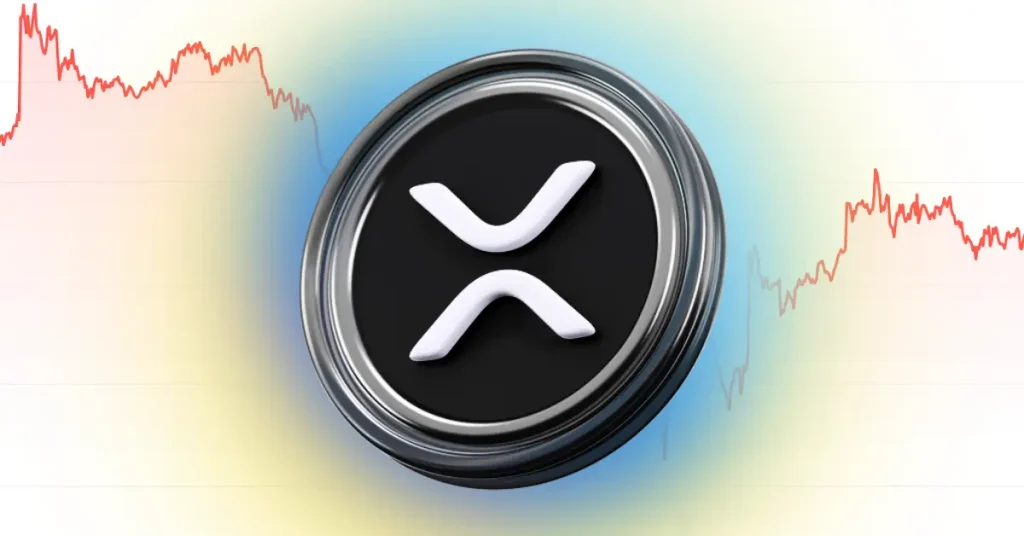A recent post from the pseudonymous user has reignited debate within the XRP (XRP) community, raising questions about whether the cryptocurrency’s price is being suppressed beyond the effects of the now-resolved SEC lawsuit against Ripple.
The post delves into allegations of coordinated manipulation. It points to Ripple’s substantial XRP holdings, monthly sales, institutional involvement, etc, as potential factors.
What’s Behind XRP’s Low Price: Manipulation or Market Forces?
In December 2020, the SEC filed a lawsuit against Ripple. It centered around the allegation that Ripple conducted an unregistered securities offering by selling XRP. The long-standing battle, which is finally nearing its end, did major damage to XRP’s price.
“It didn’t just slow XRP down — it stole years of growth. While the market soared, XRP sat sidelined,” the pseudonymous user wrote in a previous post.
However, with Ripple’s victory, speculation has emerged that other factors are behind XRP’s underwhelming performance.
“The Big Question. The SEC lawsuit clearly impacted XRP’s price. But what if that’s not the only force keeping it down?” the user posted.
The user discussed five key drivers, starting with Ripple’s massive XRP holdings. The user revealed that the company currently holds over 43 billion XRP in escrow and releases a portion monthly, a mechanism initiated in 2017 to regulate supply.
Some claim these sales are strategically designed to cap XRP’s price growth, keeping it artificially low. Nonetheless, the user stressed that Ripple’s CTO has stated that the company’s On-Demand Liquidity (ODL) transactions do not influence the price market.
Furthermore, the user drew attention to a few small wallets that hold large amounts of XRP. Significant transactions from these wallets lead to price drops, which fuel manipulation concerns.
Nonetheless, while a correlation exists between these movements and the price declines, there is no definitive evidence of deliberate control or interference.
Adding to the complexity, the user cited a scientific study. It found a negative correlation between transaction structure and price, with a coefficient of -0.73. While this does not confirm suppression, it highlights the potential role of complex network dynamics in affecting XRP’s price.
“Speculation runs deep — some believe big banks are buying low while spreading doubt. One theory? Institutions want XRP cheap before mass utility adoption. It sounds conspiratorial — but keeps resurfacing for a reason,” the post added.
Lastly, the user explained that in 2017, during XRP’s massive price rally, network activity spiked. However, certain community clusters shrank just before key price drops, and a few nodes dominated the network. This also triggered market distortion worries.
“In my opinion, most of this is just rumor, speculation, and pattern-chasing. There’s no hard proof of XRP price suppression beyond the SEC case. But the community’s suspicions aren’t baseless — they’re just not backed by conclusive evidence… yet,” the user concluded.
In addition to these, some analysts also believe that the low price is a part of Ripple’s long-term strategy. The company uses this as a cover to avoid attracting too much attention while it builds its infrastructure.
Attorney Debunks XRP Price Suppression Claims
Despite the speculation, attorney Bill Morgan has refuted these claims. Morgan clarified that Ripple does not control 43% of the total XRP supply, as some believe.
“Firstly, Ripple does not own 43% of supply. even CoinMarketCap publishes that the circulating supply (excluding what Ripple holes outside escrow) is 58.5%,” he stated.
Thus, this means Ripple’s influence is less dominant than speculated. Morgan further noted that Ripple’s monthly sales from escrow amount to less than 1% of the token’s monthly trading volume.
This is too small to exert significant downward pressure on the price. He also emphasized the diminishing impact of Ripple’s escrow releases over time.
Moreover, Morgan referenced the SEC vs. Ripple lawsuit. He stressed that before filing, the regulator’s 18-month investigation found no evidence of price manipulation by Ripple.
“There is no evidence of price suppression other than the chilling effect of the SEC lawsuit. Ripple gave expert evidence in the lawsuit that XRP price movement generally follows the crypto market, especially the price movement of Bitcoin or Ethereum,” Morgan remarked.
Now, whether Morgan’s explanation will cool down concerns remains uncertain. For now, the debate on XRP price continues.
The post Analyst Highlights 5 Key Drivers Potentially Suppressing XRP’s Price appeared first on BeInCrypto.








